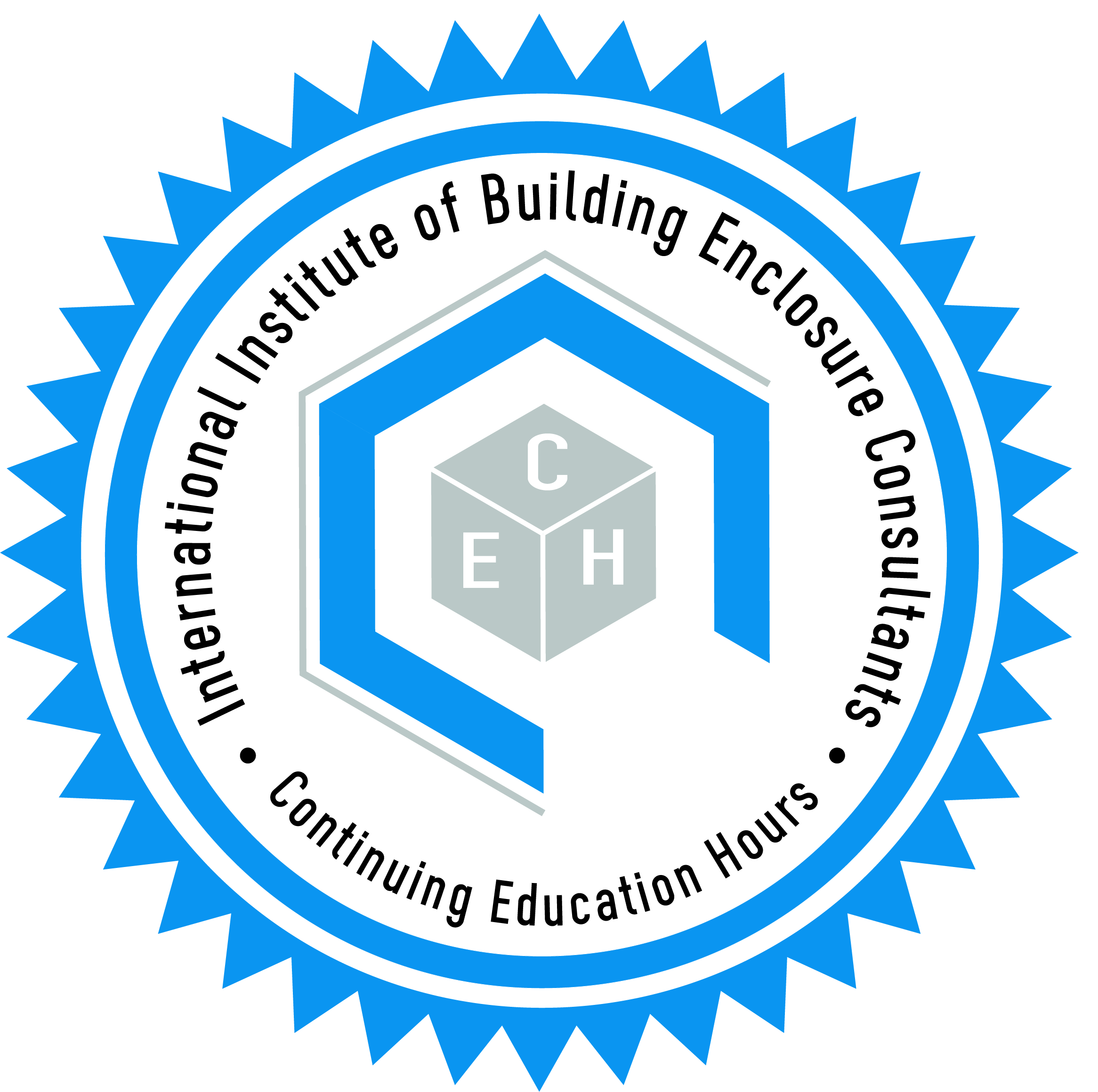Enhancing Building Resiliency with High-Density Fiber Cement Rainscreen Cladding
Explore the Evolution, Design Versatility, and Performance Benefits of Fiber Cement Rainscreen Systems for Modern and Traditional Architecture
Sponsored by Sto Corp. | Presented by James Boyd
Live Webinar Airing on December 9, 2025 at 11:00 AM ET
Fiber cement rainscreen systems combine timeless, designer aesthetics with advanced energy efficiency, creating a superior building envelope solution.
This course discusses the history and characteristics of high-density cement fiber cladding. It then illustrates how a fully engineered, multi-layered system integrates an air and water-resistive barrier, a robust sub-construction made from aluminum or steel brackets and profiles, mineral wool thermal insulation board, and durable high-density fiber cement. Images illustrate how the fiber cement panels can be custom-fabricated into various shapes, offering design versatility. Ideal for both modern and traditional architecture, fiber cement rainscreen systems ensure long-lasting performance, durability, and adaptability to any design vision.

Photo courtesy of Sto Corp.
 |
James Boyd is the Rainscreen Specialist for Sto Corp.'s Northeast territory, where he plays a pivotal role in advancing the StoVentec Rainscreen team’s success. Throughout his career, James has collaborated with architects, builders, and installers to deliver tailored solutions for a range of projects, from high-end residential to large-scale commercial. During his tenure at IDI Distributors, he worked on significant projects across New York City, Long Island, and New Jersey. |
Sto Corp., based in Atlanta, Georgia, produces a broad range of advanced building enclosure, air moisture barrier and coating systems that deliver energy efficiency and superior aesthetics for building construction, maintenance and restoration.
Originally published in Building Enclosure
Originally published in November 2025
LEARNING OBJECTIVES
- Discuss the characteristics and advantages of high-density fiber-cement cladding.
- Identify the building code requirements and performance standards and tests for fiber-cement cladding systems.
- Describe fiber cement as part of a complete exterior wall rainscreen system.
- Define fiber-cement installation/attachment methods.










